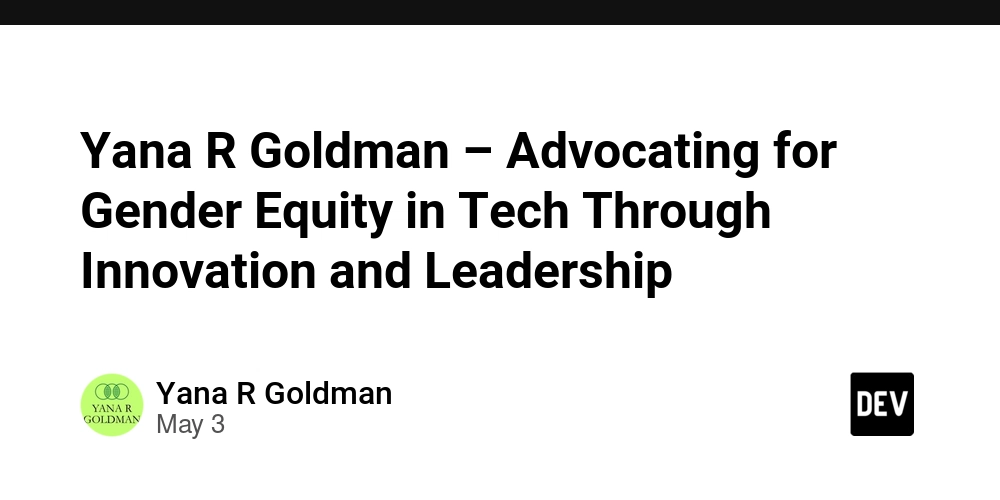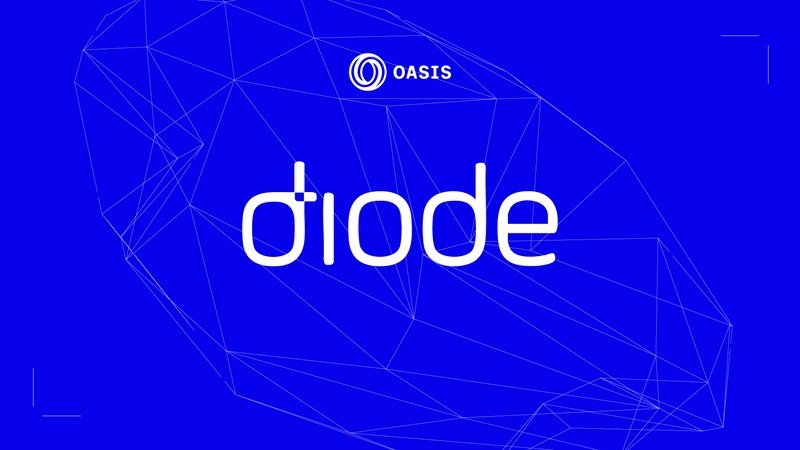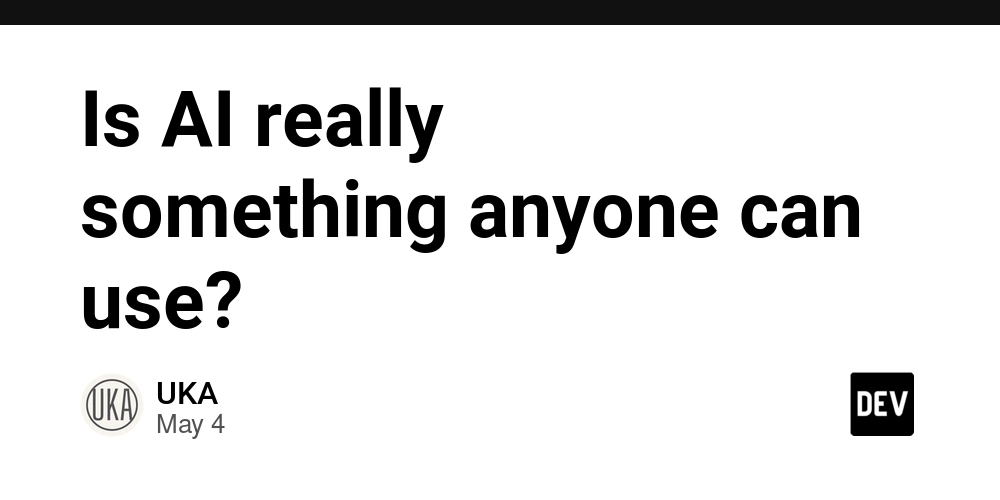Vibe Coding – The Revolution of Software Development or Just a Hype
In the fast-paced world of software development, new buzzwords and trends are constantly emerging. One of the hottest current topics is something called Vibe Coding. But what’s behind this term that’s dividing opinions—praised by some as revolutionary, dismissed by others as “total garbage”? What is Vibe Coding, really? The term Vibe Coding was coined in February 2025 by computer scientist Andrej Karpathy, co-founder of OpenAI and former AI lead at Tesla. He described it as a conversation-based approach where spoken commands are used while an Artificial Intelligence (AI) generates the actual code. Karpathy himself said: It's not really coding - I just see things, say things, run things, and copy-paste things, and it mostly works. At its core, Vibe Coding describes a programming technique that relies entirely on AI to write source code, making programming accessible even to those without experience. Instead of manually coding, the user describes a problem in a few sentences as a prompt for a large language model (LLM) with sufficient programming knowledge. The LLM then generates the software, shifting the programmer’s role from writing code to guiding, testing, and refining the AI-generated output. From Hobby Projects to Startup Codebases Vibe Coding allows even inexperienced users to create software prototypes without deep training or technical skills. It's gaining traction for its ability to rapidly turn ideas into prototypes with minimal technical effort. However, experts warn that the results are often limited and error-prone. In one case, AI-generated code produced fake reviews for an e-commerce site. Roose suggested that Vibe Coding is better suited to hobby projects than to mission-critical tasks. The Potential of Vibe Coding Faster from idea to prototype: Vibe Coding can significantly lower the barrier between an idea and working software. People without coding experience can bring their visions to life quickly. Focus on the idea: Instead of getting lost in technical details, users can focus on the functionality and user experience of the application. Increased efficiency: Even professional developers can use Vibe Coding to generate boilerplate code or quickly build first versions of software. Learning effect: Interacting with AI-generated code can give non-technical users a basic understanding of software development. Challenges and Criticism Despite the potential benefits, there are major concerns and criticisms around Vibe Coding: Understanding: Developers might use AI-generated code without fully understanding how it works, leading to undetected bugs, malfunctions, or security flaws. Quality and maintainability: LLMs often produce code without considering architecture, reusability, or maintainability. The result can be unclear and inconsistent code. Security risks: Blind trust in AI-generated code can lead to security vulnerabilities, like accidentally leaking API keys. Loss of coding skills: Overreliance on AI may result in a loss of programming proficiency and dependency on AI tools. Accountability: It's often unclear who is responsible for errors or security issues in AI-generated code. Some voices in the developer community are highly critical of Vibe Coding. In one Reddit thread, it was labeled “total garbage.” Others expressed concerns over the loss of learning processes and the neglect of security practices. Tools Supporting Vibe Coding Despite criticism, a growing number of tools and platforms are making Vibe Coding more accessible: IDEs with AI integration: Tools like Cursor enable direct interaction with AI models for code generation. VS Code extensions: The Cline plugin brings AI features into the popular VS Code editor. Online code editors: Replit offers a web-based IDE with built-in AI agents capable of generating full applications from natural language prompts. AI assistants with canvas features: Platforms like Claude, ChatGPT, and Google AI let users write and run code directly in the browser. Dedicated Vibe Coding platforms: Replit also offers easy deployment and integrated cloud services for quick project launches. Conclusion: More than just a Vibe? Vibe Coding is trending—and it could significantly change the way we develop software. It enables faster development and lowers the barrier for those without much experience. But: blindly trusting code written by AI can be risky. It might have errors, be insecure, or hard to understand. Most likely, the future will be a mix of traditional programming and AI-assisted tools. Vibe Coding is great for quick tests, small apps, or automating boring tasks. For critical or complex projects, however, a deep understanding of the code and thorough review is still essential. Whether Vibe Coding turns out to be more than just a short-lived trend remains to be seen. What matters most is to stay open to innovation—but also to approach it carefully and thoug

In the fast-paced world of software development, new buzzwords and trends are constantly emerging. One of the hottest current topics is something called Vibe Coding. But what’s behind this term that’s dividing opinions—praised by some as revolutionary, dismissed by others as “total garbage”?
What is Vibe Coding, really?
The term Vibe Coding was coined in February 2025 by computer scientist Andrej Karpathy, co-founder of OpenAI and former AI lead at Tesla. He described it as a conversation-based approach where spoken commands are used while an Artificial Intelligence (AI) generates the actual code. Karpathy himself said:
It's not really coding - I just see things, say things, run things, and copy-paste things, and it mostly works.
At its core, Vibe Coding describes a programming technique that relies entirely on AI to write source code, making programming accessible even to those without experience. Instead of manually coding, the user describes a problem in a few sentences as a prompt for a large language model (LLM) with sufficient programming knowledge. The LLM then generates the software, shifting the programmer’s role from writing code to guiding, testing, and refining the AI-generated output.
From Hobby Projects to Startup Codebases
Vibe Coding allows even inexperienced users to create software prototypes without deep training or technical skills. It's gaining traction for its ability to rapidly turn ideas into prototypes with minimal technical effort.
However, experts warn that the results are often limited and error-prone. In one case, AI-generated code produced fake reviews for an e-commerce site. Roose suggested that Vibe Coding is better suited to hobby projects than to mission-critical tasks.
The Potential of Vibe Coding
Faster from idea to prototype: Vibe Coding can significantly lower the barrier between an idea and working software. People without coding experience can bring their visions to life quickly.
Focus on the idea: Instead of getting lost in technical details, users can focus on the functionality and user experience of the application.
Increased efficiency: Even professional developers can use Vibe Coding to generate boilerplate code or quickly build first versions of software.
Learning effect: Interacting with AI-generated code can give non-technical users a basic understanding of software development.
Challenges and Criticism
Despite the potential benefits, there are major concerns and criticisms around Vibe Coding:
Understanding: Developers might use AI-generated code without fully understanding how it works, leading to undetected bugs, malfunctions, or security flaws.
Quality and maintainability: LLMs often produce code without considering architecture, reusability, or maintainability. The result can be unclear and inconsistent code.
Security risks: Blind trust in AI-generated code can lead to security vulnerabilities, like accidentally leaking API keys.
Loss of coding skills: Overreliance on AI may result in a loss of programming proficiency and dependency on AI tools.
Accountability: It's often unclear who is responsible for errors or security issues in AI-generated code.
Some voices in the developer community are highly critical of Vibe Coding. In one Reddit thread, it was labeled “total garbage.” Others expressed concerns over the loss of learning processes and the neglect of security practices.
Tools Supporting Vibe Coding
Despite criticism, a growing number of tools and platforms are making Vibe Coding more accessible:
IDEs with AI integration: Tools like Cursor enable direct interaction with AI models for code generation.
VS Code extensions: The Cline plugin brings AI features into the popular VS Code editor.
Online code editors: Replit offers a web-based IDE with built-in AI agents capable of generating full applications from natural language prompts.
AI assistants with canvas features: Platforms like Claude, ChatGPT, and Google AI let users write and run code directly in the browser.
Dedicated Vibe Coding platforms: Replit also offers easy deployment and integrated cloud services for quick project launches.
Conclusion: More than just a Vibe?
Vibe Coding is trending—and it could significantly change the way we develop software. It enables faster development and lowers the barrier for those without much experience.
But: blindly trusting code written by AI can be risky. It might have errors, be insecure, or hard to understand.
Most likely, the future will be a mix of traditional programming and AI-assisted tools. Vibe Coding is great for quick tests, small apps, or automating boring tasks. For critical or complex projects, however, a deep understanding of the code and thorough review is still essential.
Whether Vibe Coding turns out to be more than just a short-lived trend remains to be seen.
What matters most is to stay open to innovation—but also to approach it carefully and thoughtfully.









































































